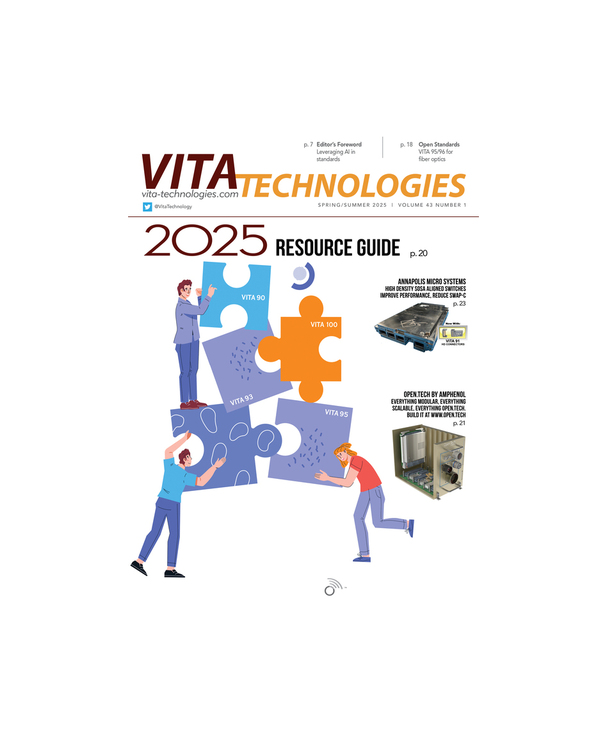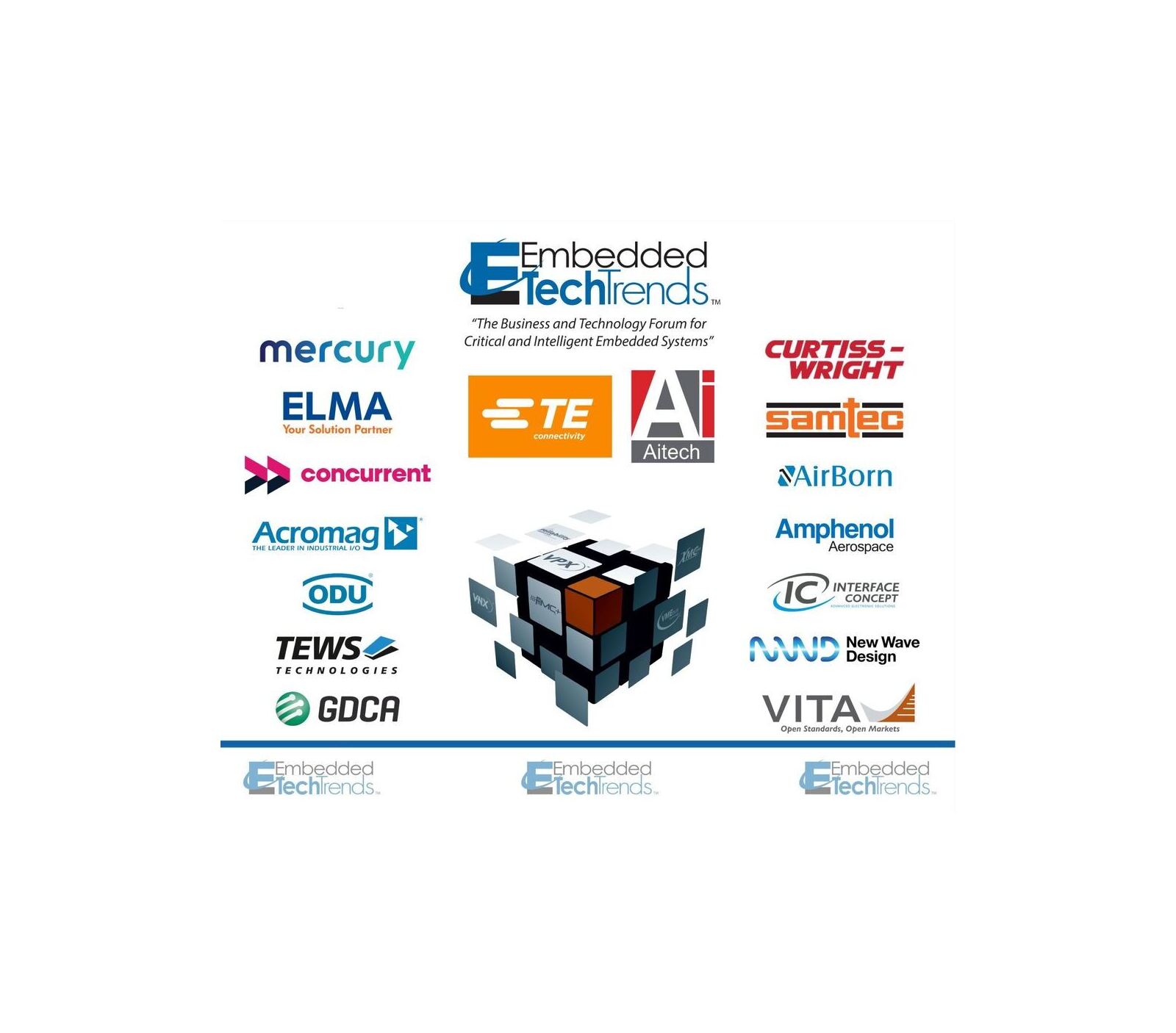VITA members have been working on performance improvements to the VPX roadmap for the past several years. The trends: New applications demand ever-increasing amounts of bandwidth. At the same time, the community seeks a migration path that preserves the work done over the past 15 years.
Higher data-rate protocols are being designed into OpenVPX systems, enabled by processor-technology advancements supporting higher signal speeds and more cores. Newer protocols such as PCIe Gen 4 and 100GBASE-KR4 Ethernet are being implemented; these protocol standards have road maps for higher data rates, in some cases doubling every two to three years.
When the VPX connector was standardized in VITA 46.0 in 2006, it supported signaling rates of 3.125 Gbaud, with a path toward reaching 6.25 Gbaud. This connector is now implemented in 10 Gbaud applications through advances in board technology and system design. As signaling rates increase above 10 Gbaud, the VPX slot connector needs to evolve to support signal-integrity requirements in the channel.
The effort to boost the data-transfer rates of VPX started a couple of years ago with discussions between the connector suppliers – primarily TE Connectivity – and the module designers and end users wanting more bandwidth. These discussions led to the formation of VITA working groups to address the issue.
The VITA 46.30 working group developed a standard that defines a higher-performance connector that can get VPX to the next level. VITA 46.31 is working on an alternative-footprint connector that may also be standardized in the future.
VITA recently completed the ratification by ANSI and VITA of the ANSI/VITA 46.30-2020 Higher Data Rate VPX Standard. VITA 46.30 defines a standard for a VPX connector that supports higher data rates, to at least 25 Gbaud, for protocols such as 100GBASE-KR4 Ethernet and PCIe Gen 4. The higher-data-rate connectors compliant to VITA 46.30 are intermateable to legacy VITA 46.0 connectors and follow the same form factor. This standard was ratified under the VITA and ANSI processes, reaching full recognition under the guidance of VITA.
VITA 46.30-compliant connectors are part of a system, supporting a channel with signal-integrity requirements in VITA 68.x standards. The format of this standard follows VITA 46.0; because the connector meets the same form factor and is intermateable, most sections refer to VITA 46.0.
A key physical difference with the higher-data-rate connectors as opposed to the original VITA 46.0 connector is the smaller PCB hole size, which is documented in the standard. Compliant pins are reduced in size to reduce crosstalk and minimize impedance discontinuity at the connector/PCB interface.
Hybrid connectors with power, single-ended, and higher-data-rate differential-pair signals in a common connector will have a mix of compliant pin sizes, implementing the smaller pins only where applicable for the higher-data-rate signaling. Examples of these hybrid configurations are connectors for rear-transition modules (with pinouts defined in VITA 46.10) and select SpaceVPX connectors (with pinouts defined in VITA 78.0). The rules in this VITA 46.30 standard define the implementation for higher data rates in these hybrid connectors.
The VITA 46.31 working group, consisting of the same team members, has completed work on VITA 46.31. The connector defined in this standard takes VPX to the same data rates as ANSI/VITA 46.30. A key physical difference with the VITA 46.31 higher-data-rate connectors versus the VITA 46.0 and 46.30 connectors is a short solder tail, which is documented in the standard. Contact tails extend below the connector surface to enter into blind vias in the printed circuit boards and are soldered. This termination approach is intended to reduce crosstalk and also frees up space for components on the opposite side of the board with the elimination of plated through holes.
Hybrid connectors with power, single-ended, and higher-data-rate differential pair signals in a common connector can have a mix of solder tails and compliant pins for connector retention during processing or support power/lower-speed signal contacts.
The VITA 46.31 working group brought the standard to “trial use-only” status as they await final results from ongoing testing of the connector. The long-term goal is to release this version as a full ANSI/VITA standard in the coming month.
Both the ANSI/VITA 46.30-2020: VPX Higher Data Rate standard and the VITA 46.31 VPX: Higher Data Rate, Solder Tail standard are available now.
Discussions regarding data bandwidth never stop. Thoughts about next steps are already under consideration.









